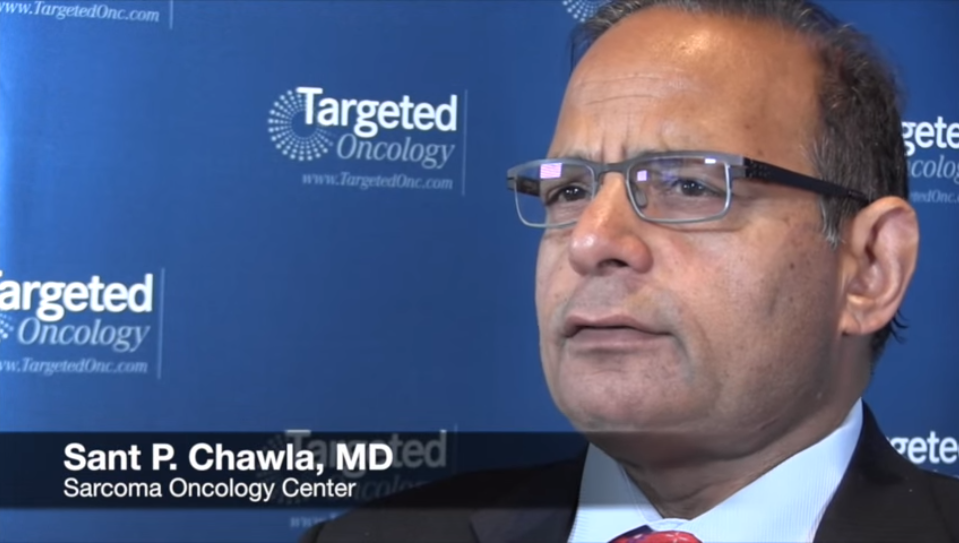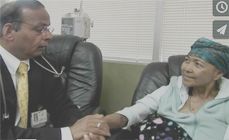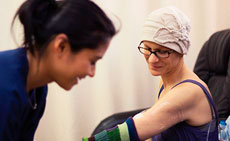- Shingles – When a dormant (inactive) chicken pox virus is reactivated, the resulting illness is called shingles. This virus can lay dormant in the body for many years and can be reactivated at a later time for unknown reasons. Symptoms include blisters, rash, and pain.
- Side effect – A change in a person’s condition caused by taking a drug. For example, common side effects of chemotherapy include fatigue, nausea, vomiting, and loss of appetite.
- Single agent – Single-agent therapy refers to the use of one chemotherapeutic medication for the treatment of cancer.
- Spiral CT – Modified conventional computed tomography (CT) technique utilizing continuous scanning. For a spiral CT, the x-ray tube continuously revolves around the patient. This produces a three-dimensional reconstruction and helps doctors detect nodules that are too small to be seen on a conventional x-ray.
- Squamous cell carcinoma – Cancer that arises from the epithelium of the body’s tissue and is frequently found in the lungs and skin.
- Stage – Staging is a method of determining the extent of the cancer, or how far the disease has spread. The stage is determined after performing a series of diagnostic tests, which may include x-rays, scans, and sometimes surgery. Knowing the stage of the cancer will help your doctor decide the best treatment course.
- Stem cell – A special type of cell that is immature (not fully formed). A stem cell can become any of the three types of blood cells—a red blood cell, white blood cell, or platelet depending upon what the body needs. Most stem cells are found in the bone marrow, but a small number are found circulating throughout the body in the bloodstream. These are called peripheral stem cells.
- Stem cell transplantation – The use of stem cells to restore blood cell levels following treatment. Stem cells can be collected from the bone marrow or peripheral blood of a patient prior to treatment, frozen, and then reinfused following treatment, which is referred to as an autologous stem cell transplant. Stem cells may also be collected from a donor and infused into the patient following treatment, which is referred to as an allogeneic stem cell transplant. Donor stem cells also may be used to help fight cancer, since they can mount an immune response against the patient’s cancer cells.
- Subcutaneous injection – An injection that is made just beneath the skin with a very small needle.
- Symptom – A sign or indicator of a disease or illness.





